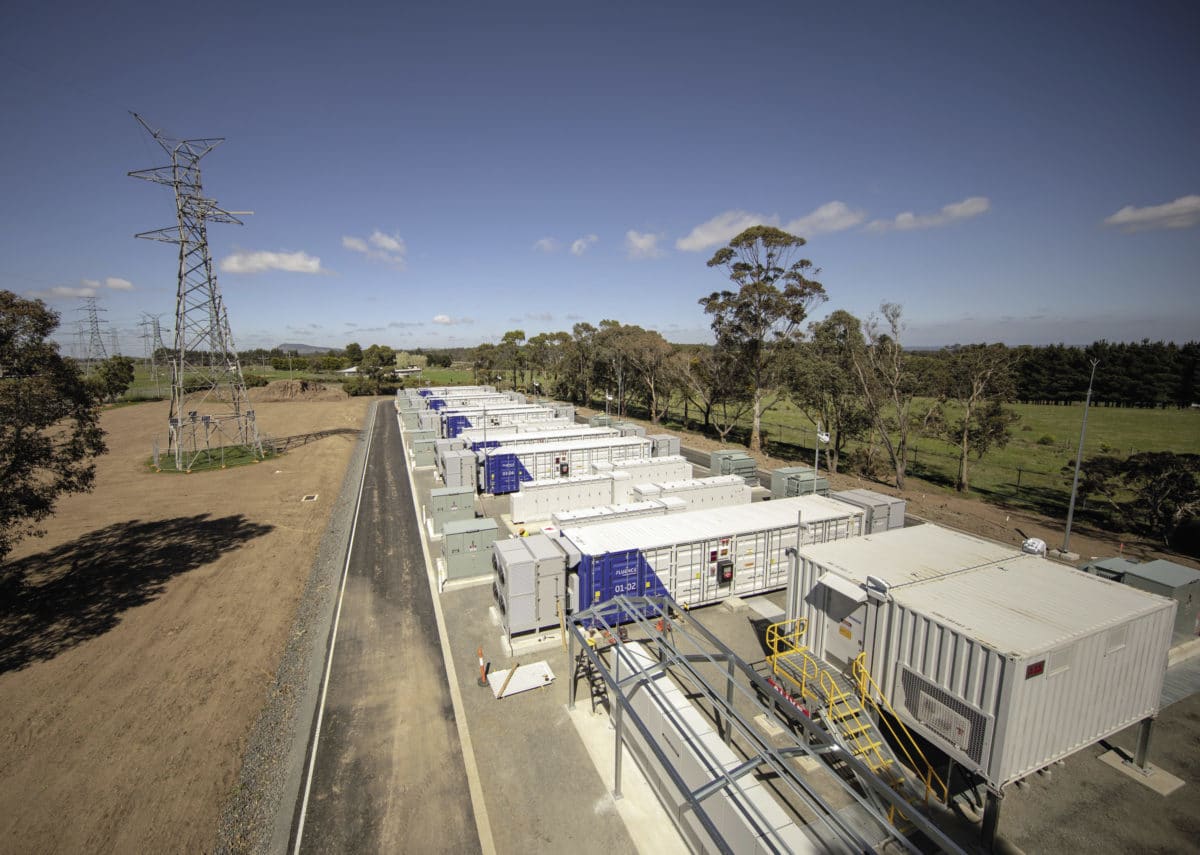From the PV magazine global site
Despite a slowdown in price declines, the global energy storage market is set to grow from around 4 GW of annual deployments last year to more than 15 GW in 2024, according to U.S.-owned market intelligence company Wood Mackenzie. As the market matures, the analyst predicts, the focus will shift from rapidly falling costs to a true recognition of the technology’s value in the global energy transition.
Daniel Finn-Foley, head of energy storage at WoodMac said, “Plunging costs drove speculation in the first scaled markets — but as price declines enter a steadier rate, further recognition of storage’s value – rather than cost – will be the key factor in determining growth.”
In the next decade, WoodMac expects to see the already consolidating network of energy storage manufacturers, developers, investors and integrators compete for their slice of the pie, carving out mature supply chains and propelling cost reductions. As they do, continued policy and regulatory efforts will be key to driving upside in the market.
Unstoppable growth
As one of the major forces behind the energy transition, corporate behemoths such as Microsoft, Google and Facebook are developing a keen interest in storage, blazing a trail for other companies seeking to offset emissions. With businesses more eager than ever to make bold clean energy promises, last year saw 19.5 GW of solar and wind power purchase agreements signed by more than 100 corporations in 23 countries, according to data from business intelligence firm Bloomberg New Energy Finance.
Google last month unveiled a major solar-plus-storage deal with Nevada utility NV Energy in a bid to meet its real-time energy needs from renewables rather than offsetting the electricity it consumes. Shortly after, German carmaker Daimler announced a deal with Norwegian power firm Statkraft to deliver 24/7 renewable electricity to the automotive giant’s German sites.
According to WoodMac, such deals exemplified a new approach to clean power from corporations. “If this catches on among other climate-forward corporations, the upside could be huge,” said Finn-Foley.
Funding
French oil major Total and French-owned German auto company Opel announced a collaboration on EV cell manufacturing this year, potentially investing as much as $5.5 billion in up to 47 GWh of manufacturing capacity. “Total, already investing in stationary storage applications, and Opel, clearly see batteries as a key element of the future,” said Finn-Foley.
On top of that, major battery initiatives have already been set in motion, such as the European Commission’s $10.9 billion innovation fund for low-carbon technologies and the U.S. Department of Energy’s Energy Storage Grand Challenge – the federal government’s most ambitious storage initiative to date.
However, the drive towards renewable technologies, including energy storage, cannot happen without investment. The World Bank and the Asian Development Fund offered to lower-income nations by the Asian Development Bank have already begun reshaping the relationship between finance and clean tech. Meanwhile, U.S. investment titan BlackRock has vowed to exit coal as part of a climate-focused strategy.
“Storage has emerged as a potential focal point for the focus on sustainability, with significant investment from a new multi-billion [-dollar] renewable energy fund set to flow into the storage space,” added WoodMac’s Finn-Foley.
Supply chains
While the storage industry is gathering momentum, WoodMac has pointed out recent years have been marked by delays caused by safety concerns and the inevitable logistical hiccups that occur when transitioning from pilot to large scale amid uncertain market regulations.
The stationary energy storage market has the “benefit and complication” of having a supply chain which overlaps with the EV and consumer electronics industries. According to Finn-Foley, securing adequate supply to meet growing demand is an immense challenge and uncertainty goes even further up the chain, encouraging vendors to pursue alternative battery chemistries or push towards low-cobalt systems.
“Complications in key commodity availability, delays in manufacturing scale-ups and the gradually diverging priorities of the EV and stationary energy storage space could all throw sand in the gears, though there is significant potential for upside through second-life and battery recycling programs that will emerge over the next 5 to 10 years,” added WoodMac analyst Finn-Foley.
This content is protected by copyright and may not be reused. If you want to cooperate with us and would like to reuse some of our content, please contact: editors@pv-magazine.com.









By submitting this form you agree to pv magazine using your data for the purposes of publishing your comment.
Your personal data will only be disclosed or otherwise transmitted to third parties for the purposes of spam filtering or if this is necessary for technical maintenance of the website. Any other transfer to third parties will not take place unless this is justified on the basis of applicable data protection regulations or if pv magazine is legally obliged to do so.
You may revoke this consent at any time with effect for the future, in which case your personal data will be deleted immediately. Otherwise, your data will be deleted if pv magazine has processed your request or the purpose of data storage is fulfilled.
Further information on data privacy can be found in our Data Protection Policy.